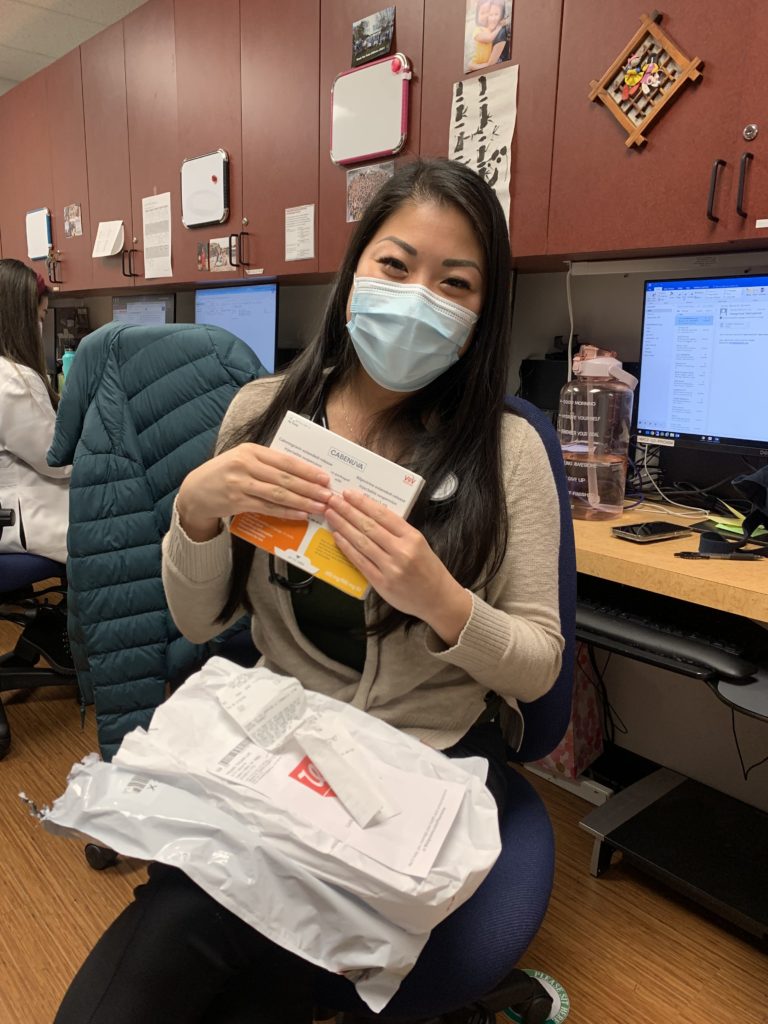


Dear AHS Community,
Today is World AIDS Day, a day designated by the United Nations in 1987 to raise awareness of the global HIV/AIDS pandemic. I want to quickly distinguish the difference between HIV and AIDS before exploring the role of Asian Health Services in the local HIV prevention landscape. As many of you already know, HIV is a virus that, when left untreated, can eventually lead to the disease called AIDS – similar to how the novel coronavirus can lead to the disease called COVID-19. While there is still no cure for HIV, we have made leaps and bounds in the treatment of HIV since 1987. HIV is now a highly manageable diagnosis thanks to excellent treatment options – the treatment is so effective that it can reduce the amount of virus in the body to where it becomes undetectable, and when someone is undetectable it is impossible for them to transmit the virus to another partner. I make this distinction because there is still so much stigma, especially surrounding the word AIDS – when in fact, AIDS cases are pretty rare in the United States thanks to treatment options. So when we commemorate World AIDS Day, it’s important to remember our progress in battling HIV/AIDS in addition to outlining the battles ahead.
I often speak to the stark racial disparities of HIV that impact the Black and Latinx communities in the United States. While it’s true that those communities are most deeply impacted (as measured in new diagnoses against population size), there is also data that speaks to the unique impact of HIV on the AAPI community. In fact, the AAPI community is the only racial minority in the US that continues to see a rise in HIV transmissions relative to their population. Moreover, compared to other people living with HIV, Asian Americans were less likely to have received some health care – 59 AAPI people living with HIV out of 100, compared to 64 out of 100 overall. And it is estimated that only 4 out of 5 Asian people living with HIV know that they have the virus. It’s not hard to find contributing factors, including the model minority myth and Asian Americans being undercounted in epidemiological studies (studying how diseases are transmitted). Simply put, we will not end the HIV epidemic without a seat at the table for the AAPI community to speak to our struggles. Battling HIV requires a multi-racial and anti-racist response that is inclusive of the struggles of the AAPI community at large, and I am proud to lead a multi-racial and multi-lingual team of HIV warriors at the HCH510 department, with one of the strongest linkage-to-care rates in Alameda County.
This year we crossed a threshold – over 100 patients living with HIV receiving ongoing care at AHS. This is a testament to the quality of care that those patients receive at every level of AHS – from the PSR, to the MA, to the nurses and the providers. On November 11, another threshold was crossed when Macy Lieu and nurse Connie Tan delivered the first dose of the new long-acting injectable HIV treatment called Cabenuva. This is a game-changer in HIV treatment, as many individuals struggle with taking a daily pill. AHS is among the first community health clinics in Alameda County to deliver this treatment.
As we approach 2022, I have no doubt that AHS will continue to demonstrate excellence in HIV care. For more information on the impact of HIV on the AAPI community, here is a CDC fact sheet. Thank you for the good fight!
Yours in the struggle,
David Gonzalez (they/them)
Asian Health Services
Program Manager – HIV Care and Prevention
